When you put the carefully packed rangefinder into your bag, can't you help but wonder: Will I be stopped at the security check? Will it malfunction when checked in? If it is confiscated, the several thousand yuan worth of equipment will be wasted...
This is really not a groundless worry. Not long ago, a golfer's rangefinder was temporarily detained at the security checkpoint because he didn't handle the battery properly. Some people, for the sake of convenience, checked their luggage in. When they picked up their luggage, they found that the screen was cracked. Not only did they feel heartbroken, but it also delayed their plans for the next day.
But don't panic yet! In the vast majority of cases, golf rangefinders can definitely be taken on planes. The key lies not in "whether you can bring it or not", but in "how to bring it" - this guide will answer all your questions one by one.

It Is Most Reliable To Carry a Golf Rangefinder With You
Why is it more recommended to carry it around? It's very simple: The equipment is within your sight, which not only avoids violent loading and unloading during consignment but also enables you to explain promptly when security checks ask questions, directly maximizing your sense of security.
However, there are certain points to note when carrying it around. Focus on these three points:
1. Battery
In the general regulations of international aviation, lithium batteries are "key objects of concern". If the battery of a rangefinder is handled incorrectly, problems are very likely to occur.
- It must be taken out and carried separately: Whether it is the built-in lithium battery in the device or the spare battery, it must be taken out of the rangefinder and must not be left in the device for security check.
- Separate bag inspection: Put the battery in the original factory packaging or a special short-circuit protection bag (which can be bought online for just a few dollars), and then place it separately in the security check basket - do not mix it with keys or power banks, as it is easy to be mistaken for a "short-circuit risk".
- Proactively explain the purpose: When going through security checks, you can casually mention, "This is the battery for the golf rangefinder." It doesn't have to be overly complicated; the security inspector will understand it immediately.
Don't worry. The battery capacity of most commercial rangefinders is far less than 100Wh. As long as it is a reasonable amount for personal use, there is no problem at all.

2. Equipment main body
The rangefinder itself doesn't need to be hidden. Just follow these two steps:
- Put it separately in the security basket: Take the rangefinder out of the bag and put it directly into the security basket - there is no need to deliberately cover the laser emission port. It is completely different from "weapon-grade laser", and the security basket can easily identify it.
- If asked, simply explain: If the security inspector is curious about "what is this?", just say "Golf laser rangefinder". Keep the equipment clean and tidy. Do not let it get oily or damaged. The more professional it looks, the easier it is to pass.
3. Pay attention to storage: Convenient for taking and putting, while also providing protection
Putting an original protective cover on the rangefinder can not only prevent scratches but also allow security inspectors to tell at a glance that "this is a genuine device". Don't bury it at the bottom of your bag. Put it in the outer layer or side bag. Take it out when going through security check and you won't be flustered.
If It Is a Golf Rangefinder To Be Checked In, What Should Be Done?
If you really have too much luggage and want to check in the rangefinder in your suitcase? Here's a piece of advice first: Strongly not recommended.
The risks of consignment mainly lie in two points:
- Battery regulations are stricter: Unlike carry-on luggage, lithium batteries are absolutely not allowed in checked luggage - even if you think "it's too troublesome to take them out", you must take them out and carry them with you. If the battery is checked in with the device left inside, the luggage may be unpacked for inspection or even returned.
- Equipment is prone to damage: During the check-in process, it is common for luggage to be thrown or crushed. The screen and lens of the rangefinder are very delicate. Even if they are covered with protective cases, they cannot withstand strong impacts. The equipment that cost several thousand yuan was broken just for the sake of convenience. It's really not worth it.
So, unless you are mentally prepared that the equipment may be damaged, do not choose to check luggage.

Don't Panic When Encountering These Situations
1. International flights or connecting flights
Whether playing ball games abroad or with a layover, the regulations for lithium batteries (removing and carrying separately) are basically universal worldwide. The only thing to note is: check in advance the declaration requirements of the destination customs for "electronic devices" - but most of the distance meters for personal use do not need to be declared, so you can take them with you.
2. Is there any particular importance to the brand or model? Not at all
Whether you are using Bushnell, Garmin or GOGOGOSPORT VPRO, these mainstream brands are all very common at airports. The security inspector is very familiar with you and won't make things difficult for you just because of the "special sign". Just follow the rules mentioned earlier.

Check The Checklist Three Minutes Before Departure
- Remove all the batteries and spare batteries from the rangefinder.
- Put the battery in the original factory packaging or short-circuit protection bag and place it in the most accessible part of your carry-on bag.
- Put a protective cover on the rangefinder and place it in your carry-on bag (don't bury it too deep).
- If you are worried about not being able to explain the purpose clearly, you can also bring the instruction manual or warranty card (as a backup).
- One last thought: Do we really need to check it in? Unless the equipment breaks down and you don't feel bad about it, give it up resolutely.
Conclusion
It is not difficult to carry a rangefinder on board. By keeping in mind the core points of "carrying batteries separately, storing devices on your person, and not shipping them in unless necessary", you can avoid the vast majority of risks.
The remaining energy might as well be focused on every aim and swing on the course - after all, compared to the trivialities of luggage security checks, the outstanding performance on the course is the more worthy focus.

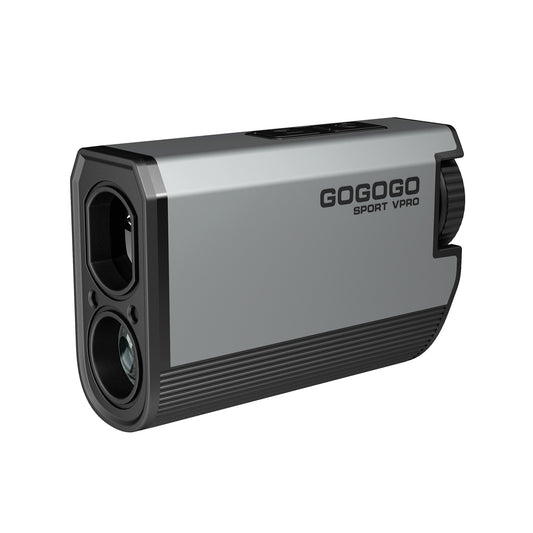
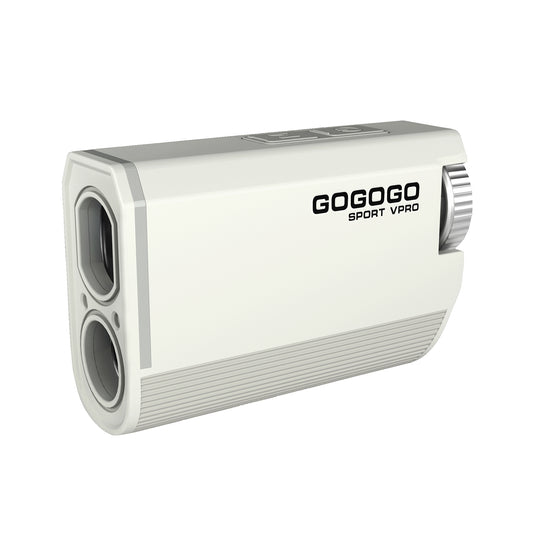
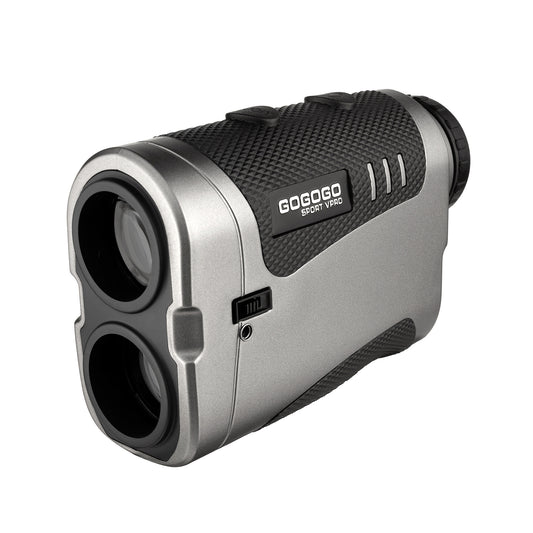
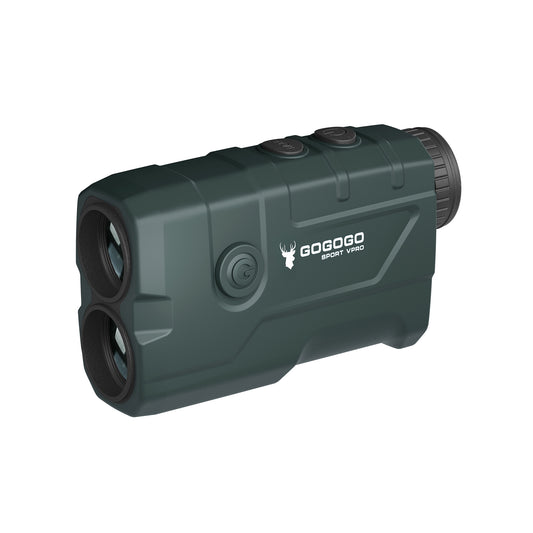
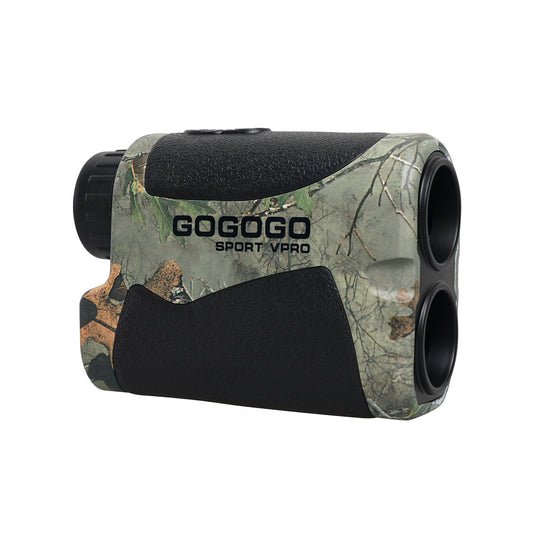

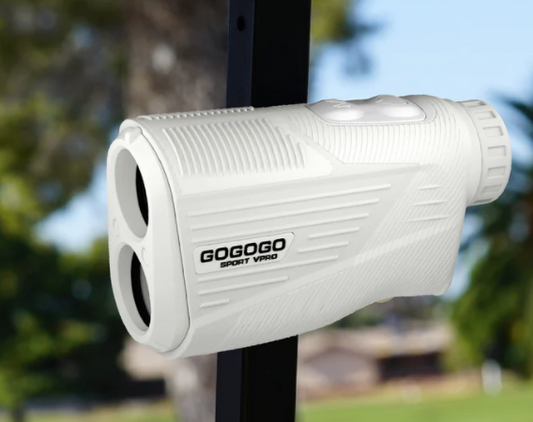

![[2025] The Ultimate Guide to Pinseeker Rangefinders for Golfers](http://gogogosport.com/cdn/shop/articles/gogogo_sport_vpro_pinseeker_rangefinder.png?v=1757993796&width=533)